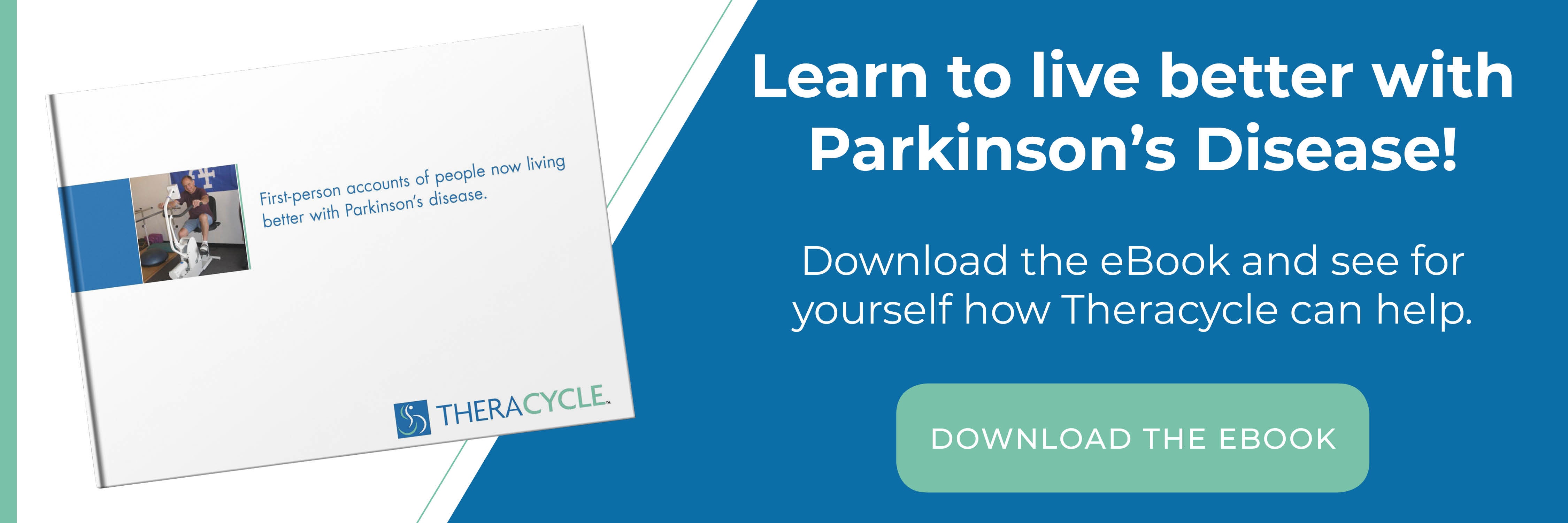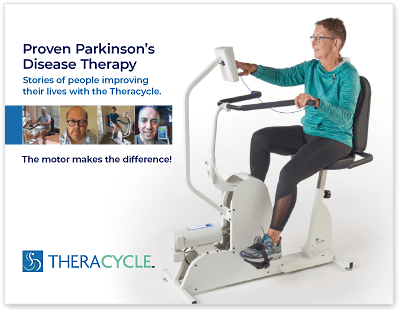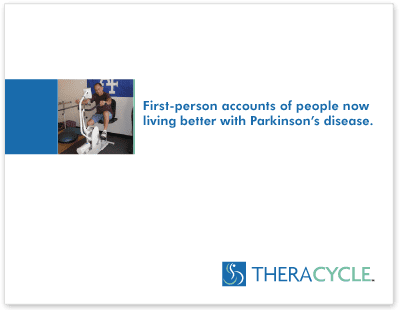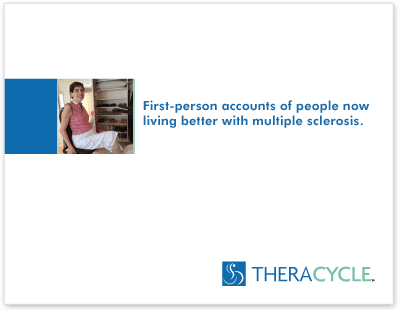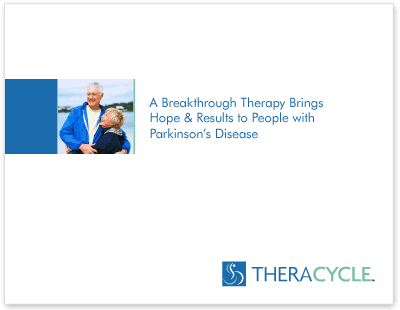- ›
- Stories
- ›
- Parkinson’s Disease
- ›
- Exploring Natural Treatment Options for Parkinson’s Disease
Stories
Exploring Natural Treatment Options for Parkinson’s Disease

The way we understand Parkinson’s disease (PD) has evolved significantly over the years. Where we once defined Parkinson’s disease symptoms as being strictly about motor functions, we now know that there are non-motor symptoms of the disease (fatigue, depression, sleep disorders, vision problems) that also require treatment.
While there are medications that can (and often do) help relieve both the motor and non-motor Parkinson’s disease symptoms, relying solely on medicinal treatments may mean missing out on a better, happier, and fuller way of life. This is why people who are looking into treatment options for Parkinson’s “may decide to explore complementary therapies, which can support or complement traditional medicine.”
Dr. Dean Sutherland—a neurologist and PD specialist in Sarasota, Florida—explains on U.S. News & World Report that “‘Parkinson’s disease is a whole-body disease. You can’t just treat it with one modality. Medicines work well, but they don’t address all of the other problems we see.’” If you’re looking for a natural treatment for Parkinson’s, then exercise is a good place to start.
The Best Natural Treatment for Parkinson’s Symptoms
As you’re undoubtedly aware, “The symptoms of PD are mainly due to low levels of dopamine in the brain.” Medical News Today defines dopamine as a “chemical messenger,” also known as a “neurotransmitter.” Since Parkinson’s disease symptoms involve dopamine deficiency in the brain, “Most drugs for the condition aim to either replenish dopamine levels or mimic its action. These are called dopaminergic drugs.”
However, as effective as these dopaminergic drugs can be, if you want to maximize your quality of life, then you need to add exercise to your Parkinson’s treatments. Exercise, when paired with medication, is considered one of the most effective Parkinson disease home treatments you can take advantage of.
For example, Dr. Sutherland, in that same article from U.S. News & World Report, says that “‘Exercise releases dopamine into the same parts of the brain that are stimulated by taking medication. That helps with motor issues like stiffness, tremors and muscle freezing.’”
As Parkinson’s disease symptoms progress and the brain receives “less and less dopamine, the symptoms of the disease become more apparent and the patient develops tremors, difficulty walking, and other issues with movement.” But by mixing a natural treatment for Parkinson’s with your prescribed medications, you can stimulate the release of more dopamine, norepinephrine, and serotonin into your body. These brain chemicals are released during exercise and not only help relieve pain and stress but also “play an important part in regulating your mood.”
If you’re interested in experiencing the life-changing benefits of exercise, then the Theracycle is for you! We specifically designed the Theracycle exercise bike work alongside your body, not against it. Where traditional exercise equipment often demands a level of strength and endurance people living with PD don’t have, the Theracycle comes with a built-in motor that can help users get the exercise they need whenever, wherever, and for however long they need.
Implementing exercise as a natural treatment for Parkinson’s isn’t a one-and-done deal, though. Like Jay Alberts—a Parkinson’s researcher and vice-chair of innovations at Cleveland Clinic’s Neurological Institute—says, “‘We would never prescribe medication just once a week and then stop. Exercise [like medicine] is something you have to integrate into your life.’”
To fully benefit from the powerful effects of forced exercise, you need to commit to adopting it into your daily routine. And since the Theracycle can easily fit in your home, you’ll have regular access to a Parkinson disease home treatment that’s designed to empower you to take back the parts of your life that your PD symptoms may have stolen.




